Ask a bunch of dyed-in-the-wool Ford enthusiasts where the Blue Oval’s mighty Le Mans class-winning GT is made and it’s odds on none of them would suggest an anonymous-looking collection of factories in the city of Markham, Ontario, about half an hour north of Toronto in Canada.
They’d probably be similarly surprised to learn that this same place has already served as the crucible for the key chassis, suspension and body parts of numerous other famous concepts and low-volume production cars, the Aston Martin One-77 and Vulcan among them. Right now, it is playing the same role in the lives of the forthcoming Red Bull-Aston Valkyrie and the Mercedes-AMG Project One, to name just two.
We’re visiting the engineering division of Multimatic, famous for its unique grasp of latest-generation composite and metal fabrication techniques – and well known among its prestige clients for a refreshing willingness to keep a low profile about its role in the creation of their most expensive and complex cars.

This modest approach reflects the remarkable character of Larry Holt, who has spent 30 years building teams of Multimatic engineering experts on either side of the Atlantic, by concentrating only on those client companies who need to know.
Now Holt and Multimatic have started doing something different. Having been partners with Ford in the GT project since the very beginning of the skunkworks design phase, the firm has moved to making the road car model – the first time it has ever made cars to a fully finished stage, ready to go to owners.
It is into the second year of manufacture and has already put about 150 hand-built GTs on the road, mostly in the US. The operation has now moved out of its build- up phase and is running at the planned production rate of one a day, en route to the ultimate target of producing 1000 cars by the end of 2020. To mark the milestone, Multimatic invited Autocar in to see how it’s done.

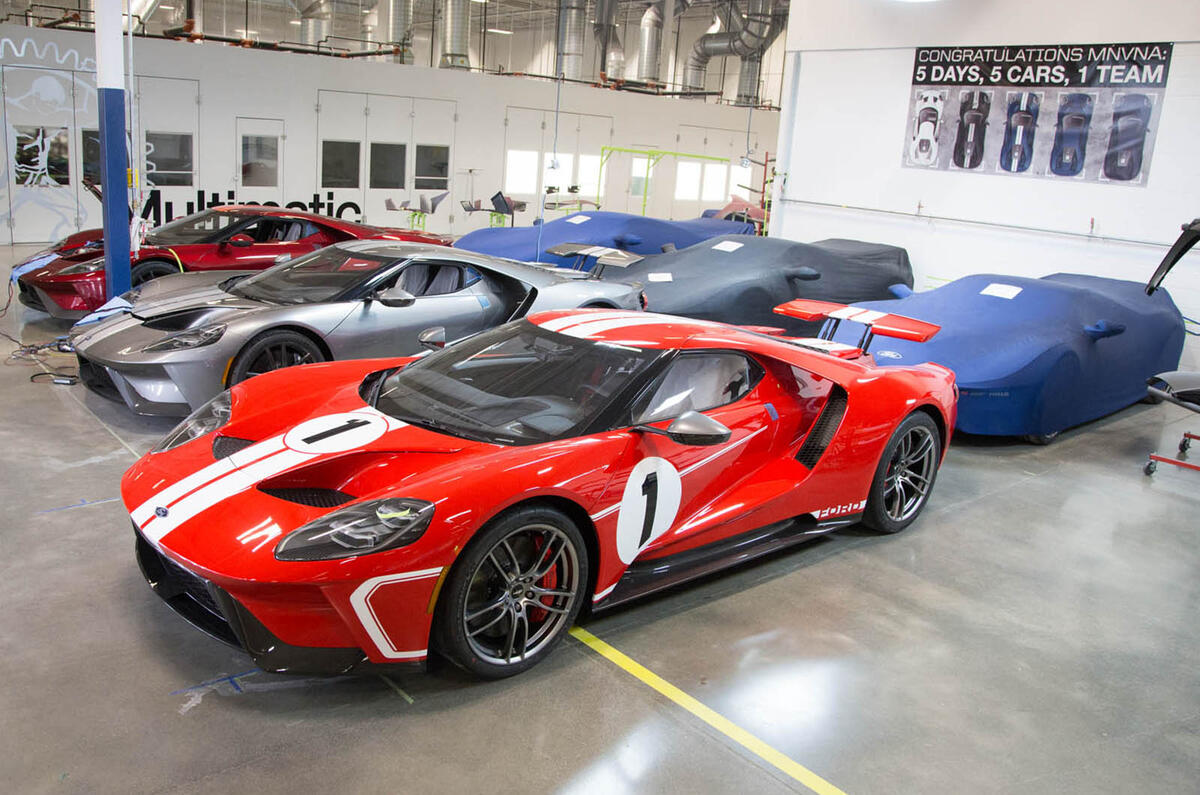
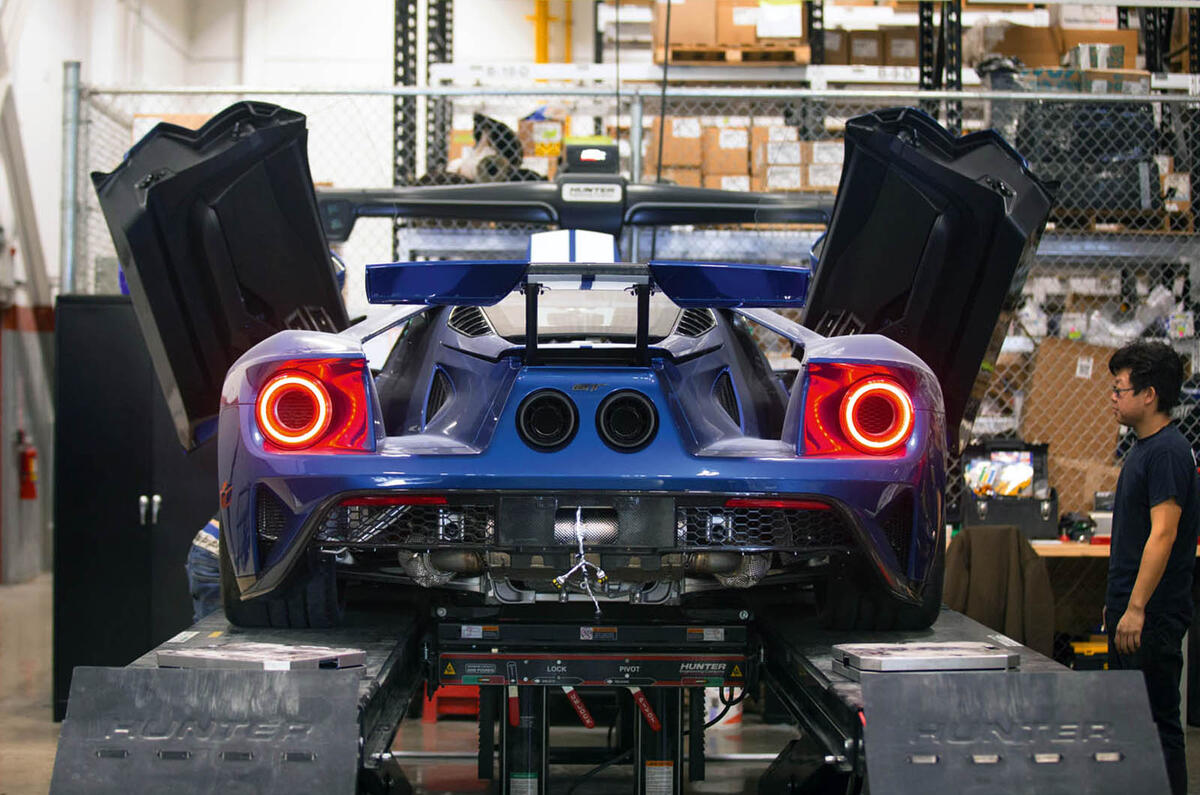
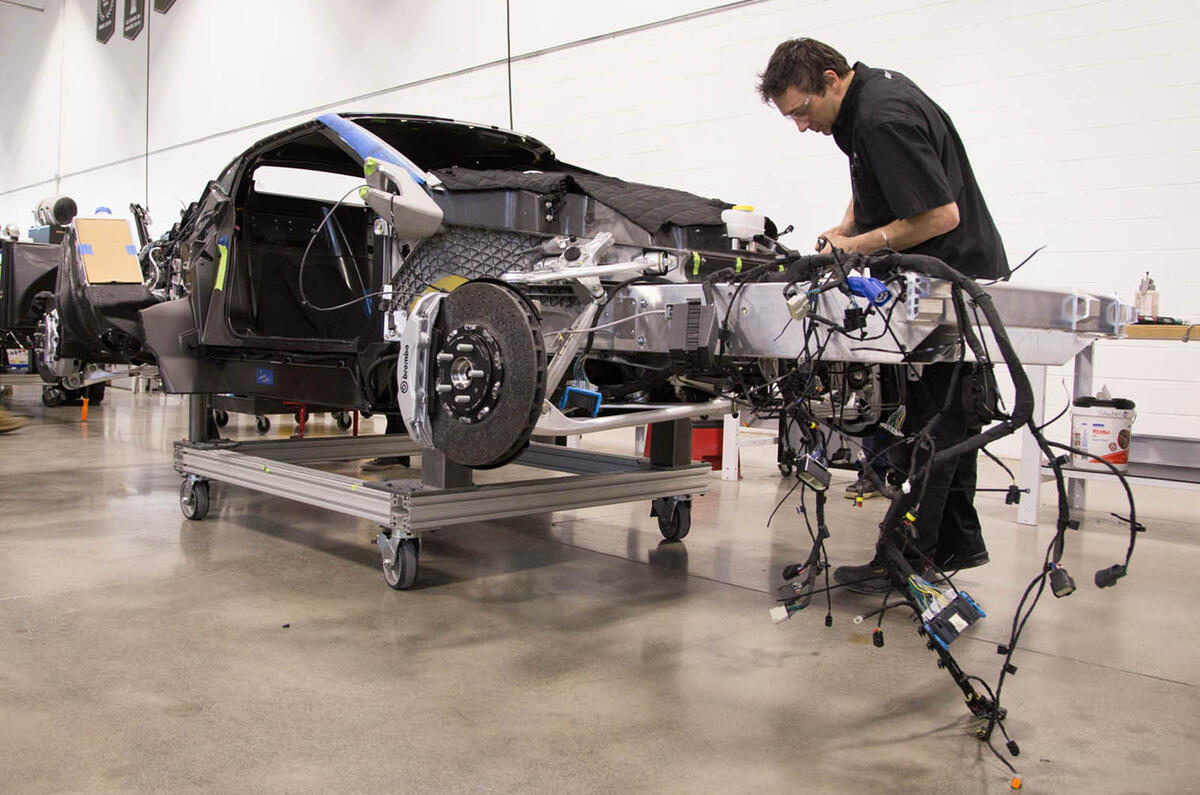














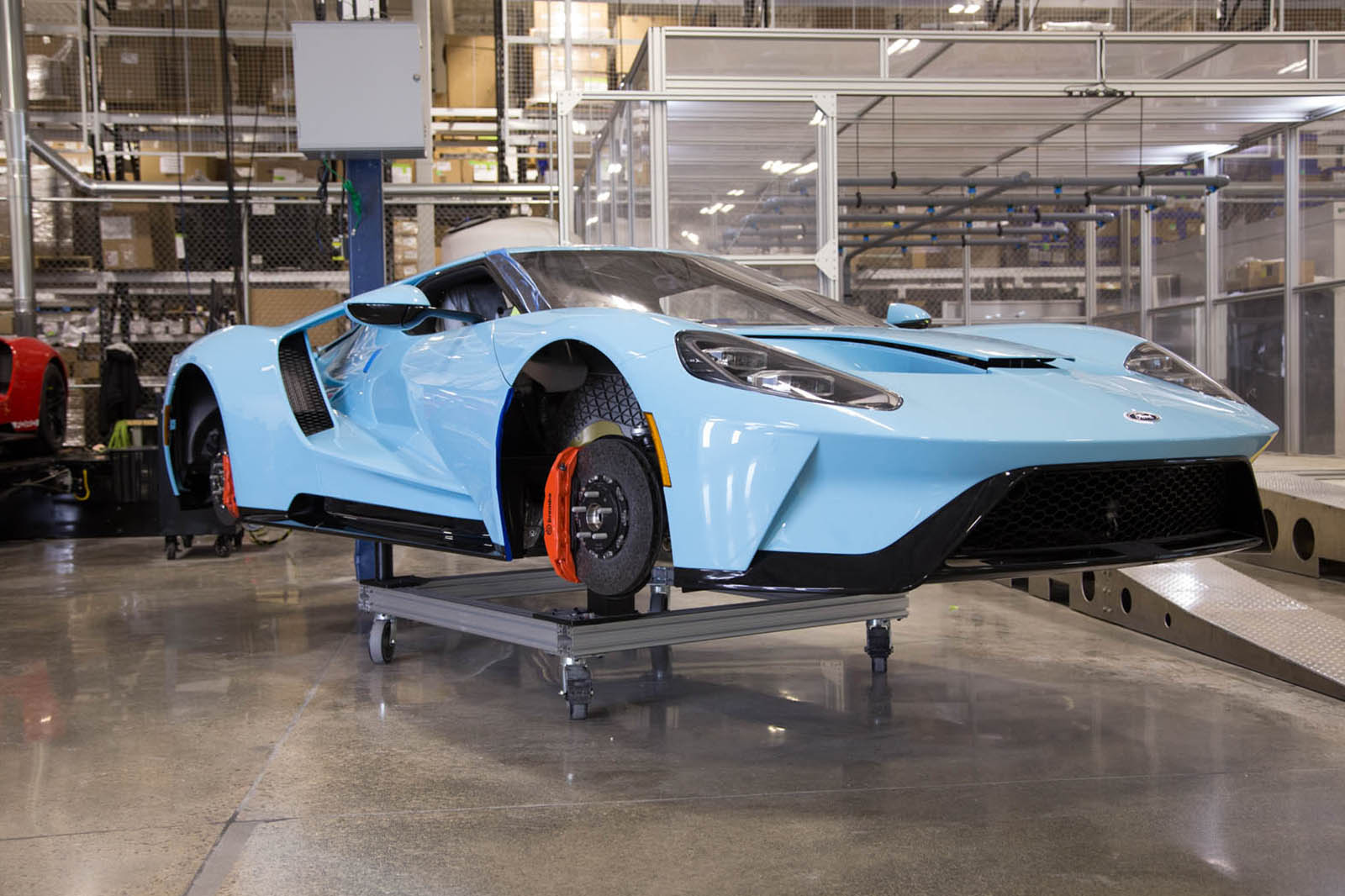
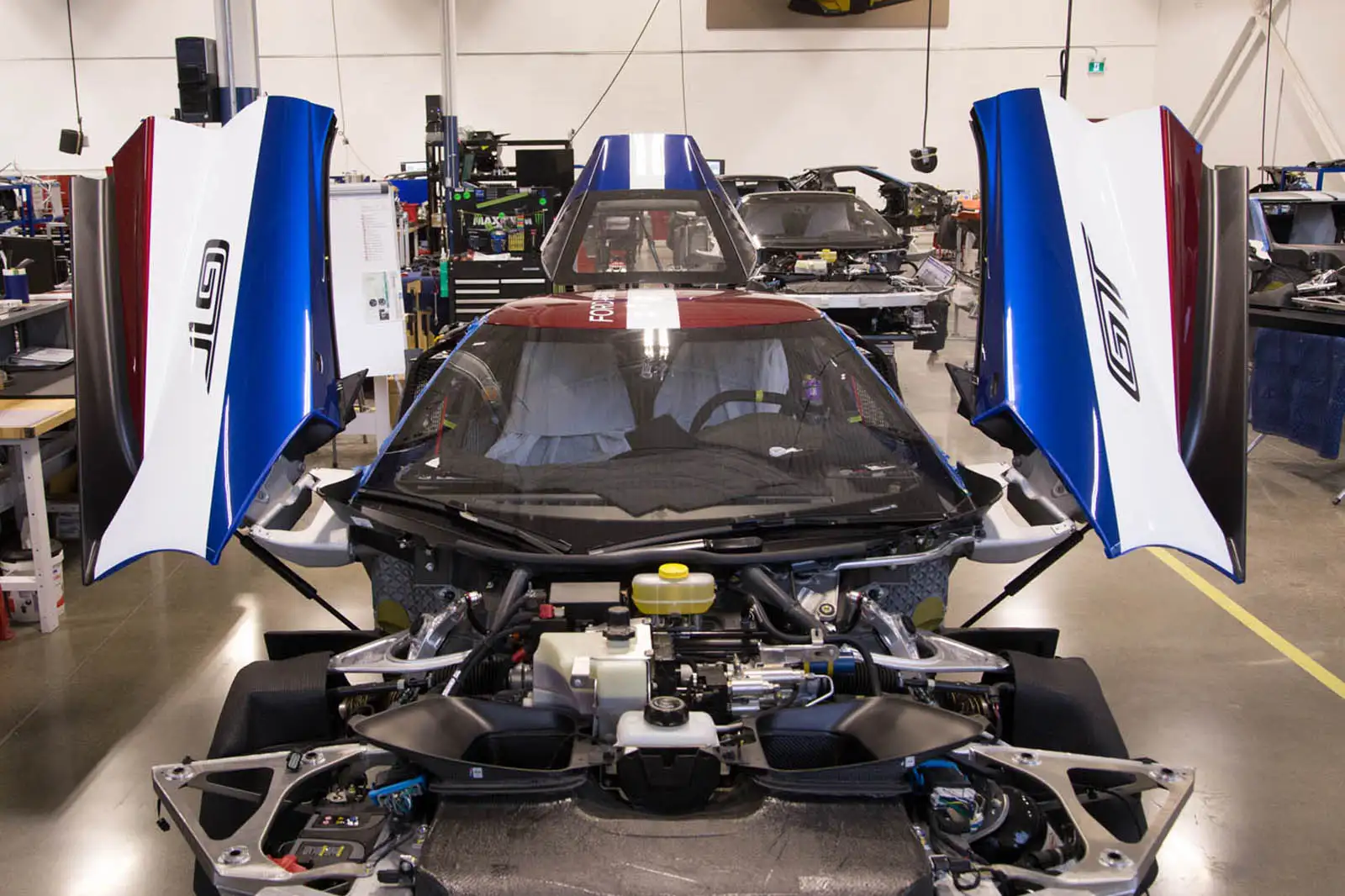
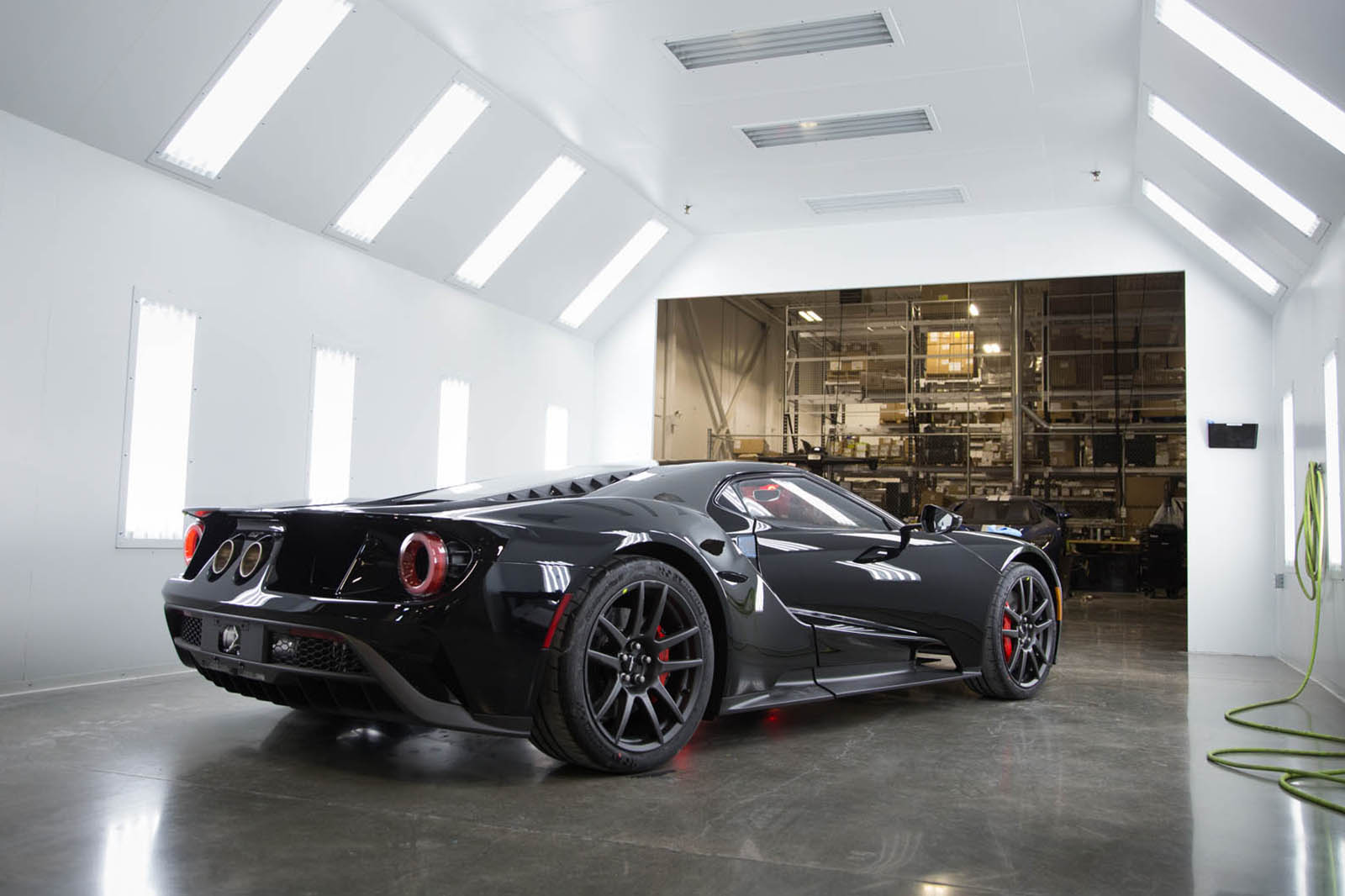







Add your comment